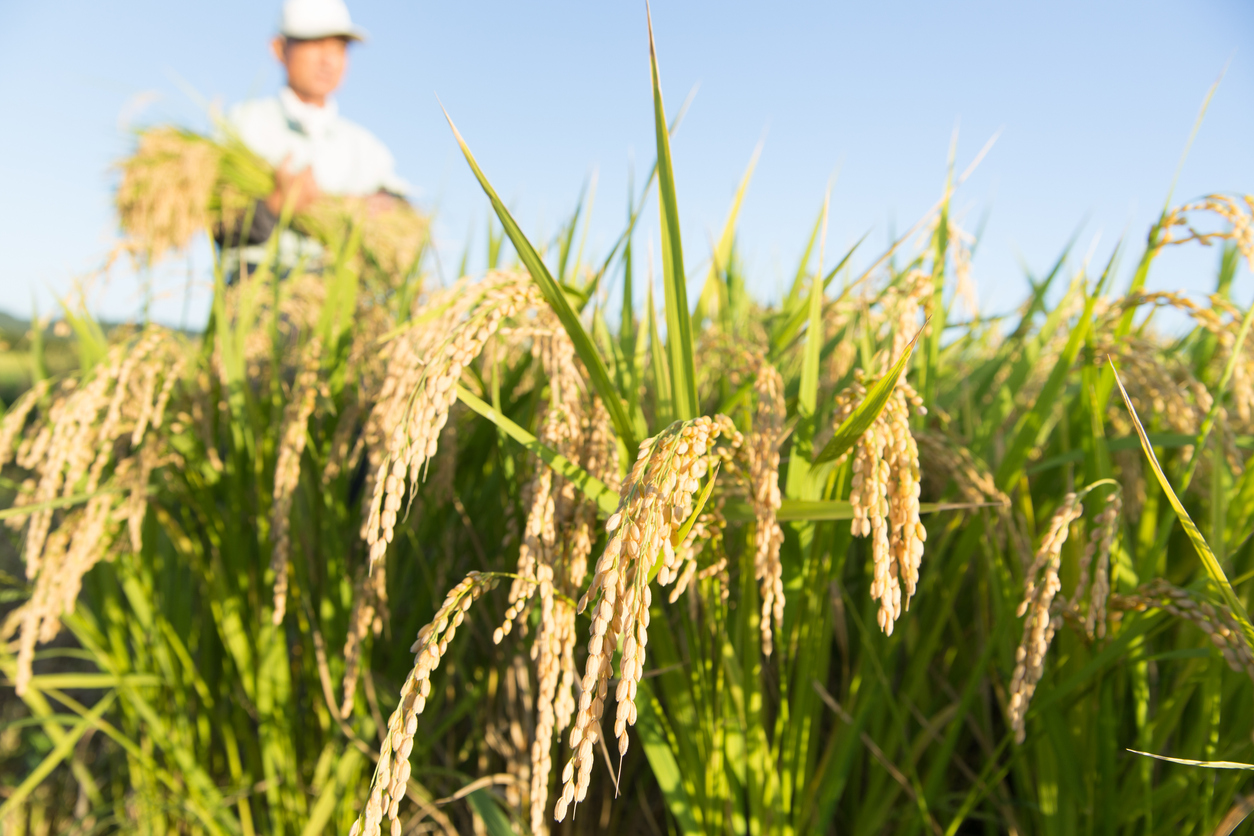
Gene Editing Produces Blast-Resistant Rice
September 11, 2024| |
Blast, caused by the fungus Magnaporthe oryzae, is the most destructive rice disease occurring throughout Brazil. A study by Embrapa Genetic Resources and Biotechnology used the gene editing CRISPR-Cas9 technique to give blast resistance to the rice cultivar BRSMG Curinga.
Launched in 2005, BRSMG Curinga was replaced in the market after becoming susceptible to the blast disease over the years. The technology resulting from knocking out two target genes related to blast is still in its testing stage but has the potential to reach the market in a few years. Researcher Angela Mehta said that once cultivars like BRSMG Curinga are released to the market as resistant or tolerant to blast, they become susceptible in a few years. Their study compared a susceptible rice genotype with a resistant genotype in search of proteins that become more abundant in the susceptible plant after the pathogen infects it.
The researchers identified three genes that are capable of such knockout, two of which were validated during Fabiano Távora's sandwich doctorate, which was supervised by Mehta and carried out at the French Agricultural Research Centre for International Development (CIRAD). By knocking out those genes in the Kitaake rice variety, which is considered a model, Távora found that the plant became slightly more resistant to blast. The researchers used one of those genes as a target and selected two others to create a combination of targets to knock out two genes at once, in two different builds in BRSMG Curinga. The study resulted in two blast-resistant rice lines (one for each build), presenting mutations for the two target genes.
For more details, read the news article in Embrapa News.
| |
You might also like:
- Researchers Reveal Gene That Boost Resistance of Crops Against Blast Disease
- Rice Genes Reveal Alternative Sources of Rice Blast Resistance
- Study Pinpoints an NLR Gene that Confers Partial Resistance to Rice Blast Fungus
Biotech Updates is a weekly newsletter of ISAAA, a not-for-profit organization. It is distributed for free to over 22,000 subscribers worldwide to inform them about the key developments in biosciences, especially in biotechnology. Your support will help us in our mission to feed the world with knowledge. You can help by donating as little as $10.
-
See more articles:
-
Plant
- EFSA Issues 2022 Post-market Environmental Monitoring Report on the Cultivation of GM Maize MON 810
- COGEM Releases Advice on Renewal of Import and Processing of GM Cotton MON15985
- ASEAN Nations Tackle Gene Editing Applications and Science-based Regulations
-
Animal
- Chinese Researchers Highlight the Need for Equitable Access to CRISPR Technologies
-
Food
- ASCA7 Provides Platform for Learning, Collaboration, and Empowerment
-
Health
- Study Finds Agriculture Accelerated Human Genome Evolution to Capture Energy from Starchy Foods
-
Environment
- Global Study Identifies Practices for Climate-Resilient Agriculture
- CABBI Engineers Bioenergy Crops for Improved Water Efficiency
-
Read the latest: - Biotech Updates (December 17, 2025)
- Gene Editing Supplement (December 17, 2025)
- Gene Drive Supplement (February 22, 2023)
-
Subscribe to BU: - Share
- Tweet

